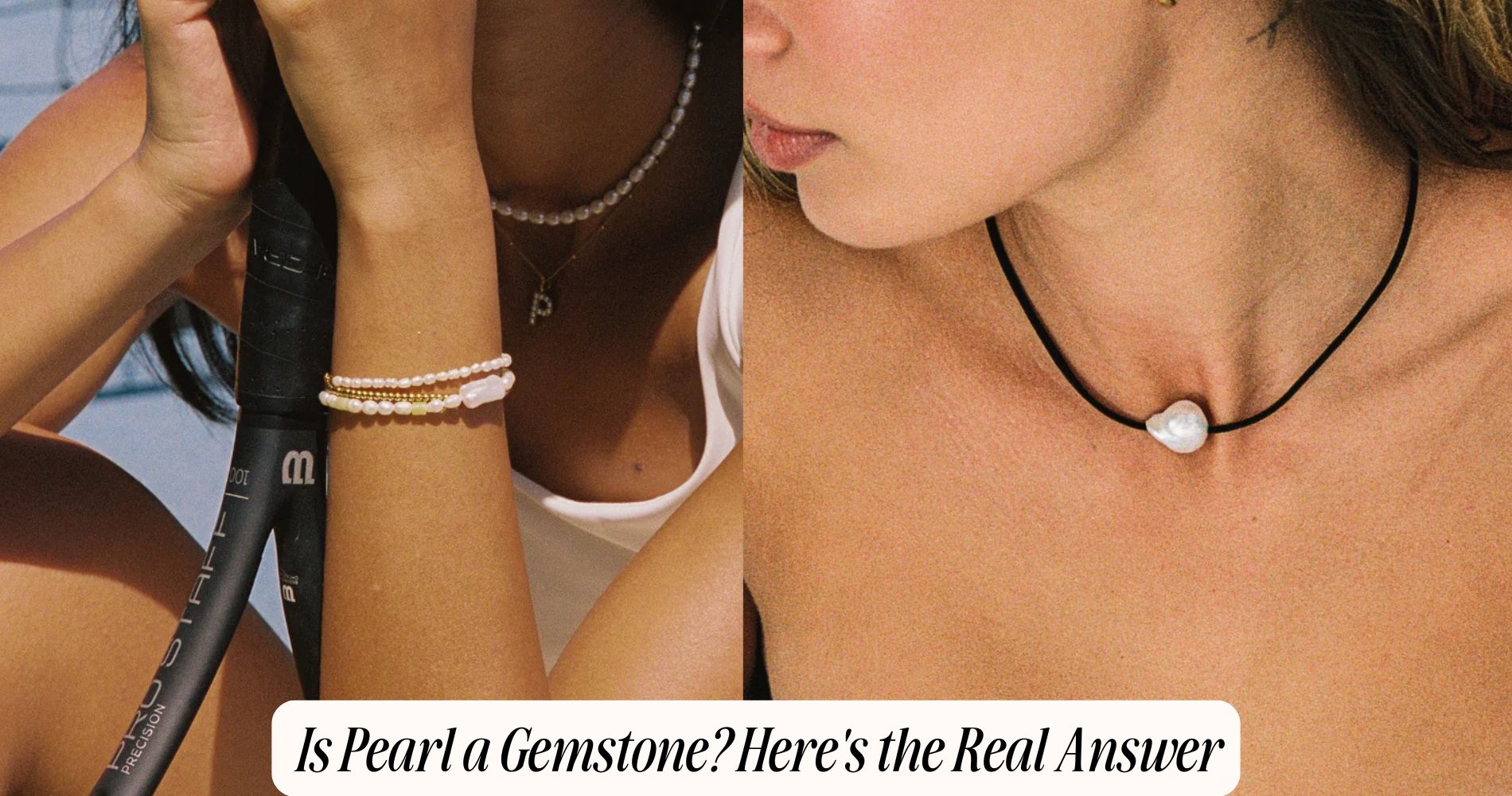
Is Pearl a Gemstone? Here's the Real Answer
Is pearl a gemstone? The answer is yes—but it's unlike any other. While pearls are technically classified as gemstones, they stand apart from mineral-based ones due to their organic origin. Formed inside mollusks as layers of nacre (mainly aragonite and conchiolin) build around an irritant, pearls don’t have the crystal structure typical of most gems. Instead, they’re considered organic gemstones, and this unique makeup plays a key role in their value and authenticity. If you're drawn to their natural elegance, explore our Freshwater Pearls Jewelry collection for timeless pieces that highlight what makes pearls so distinct.
Defining What Makes a Gemstone
Although the term "gemstone" often conjures images of sparkling minerals, mineralogists define a gemstone as any naturally occurring material that possesses beauty, durability, and rarity, and can be cut or polished for use in jewelry or ornamentation. To evaluate whether a material meets this definition, you must consider its mineral composition and formation process.
Most gemstones, such as diamond or sapphire, are crystalline minerals formed through geological processes involving heat, pressure, and specific chemical environments. Their unique crystal structures and stable mineral composition underpin their luster and hardness.
However, some gemstones, like amber and jet, are organic in origin yet still satisfy the criteria due to their exceptional beauty and rarity. Ultimately, the classification hinges on both physical attributes and genesis.
The Unique Origins of Pearls
When you examine pearls through a mineralogical lens, their origins set them apart from traditional gemstones. Most gemstones crystallize from mineral solutions within the Earth’s crust.
In contrast, pearls originate organically within mollusks, primarily oysters. During natural pearl formation, a foreign particle becomes trapped inside the mollusk’s mantle tissue, triggering the secretion of nacre—a composite of aragonite platelets and conchiolin proteins.
Layer by layer, nacre accumulates around the irritant, producing a pearl.
Oyster cultivation, or pearl farming, mimics this natural process by intentionally introducing a nucleus into the mollusk. This controlled technique accelerates pearl production while preserving the organic structure.
Unlike minerals that require geological processes and immense pressure, pearls are products of biogenic activity, making their genesis uniquely distinct in the gemological world.
How Gemological Science Classifies Pearls
Because pearls arise through organic processes rather than geological crystallization, gemological science classifies them as organic gemstones rather than true minerals. You’ll see that pearls form inside mollusks, emerging from biological activity rather than from the earth’s crust.
Their natural origins set them apart from minerals, which derive from inorganic, naturally occurring crystalline substances. The mineral composition of pearls consists predominantly of aragonite—a crystalline form of calcium carbonate—held together by an organic matrix called conchiolin.
Unlike minerals, pearls lack a consistent crystal structure and aren't formed by geologic processes, so they don’t meet the strict criteria for mineral species. When you evaluate pearls, you’re appraising an organic gemstone, with value and classification based on both their natural origins and unique mineral composition.
Pearls in Historical and Cultural Context
Why have pearls captivated human civilizations for millennia? You’ll find the answer lies in a unique intersection of marine biology and cultural symbolism. Unlike crystalline gemstones formed through geological processes, pearls are biogenic—created within mollusks through a complex secretion of calcium carbonate and conchiolin.
Their organic origin made them rare and highly valued in societies lacking modern diving or cultivation technologies. Across cultures, pearls symbolized purity, power, and status, often reserved for royalty or religious figures. Ancient texts reference their mystical allure, and archaeological sites reveal pearls as grave goods and offerings.
Why Pearl Classification Matters for Buyers and Collectors
Understanding the classification of pearls empowers buyers and collectors to make informed decisions grounded in gemological standards. When you evaluate pearls, you should consider not only their origin—natural versus cultured—but also their nacre thickness, luster, surface quality, and shape. These mineralogical characteristics directly influence pearl durability, which is vital if you intend to wear or preserve your investment long-term.
Accurate classification also guarantees you appreciate the nuances of pearl symbolism tied to rarity and quality. For collectors, knowing the classification helps distinguish between freshwater and saltwater specimens, impacting both value and desirability.
As a buyer, classification enables you to verify authenticity and resist misrepresentation in the marketplace. In essence, understanding pearl classification protects your interests and deepens your appreciation for these organic gemstones.
Frequently Asked Questions
How Should Pearls Be Cleaned and Cared for Properly?
When cleaning pearls, you should use a soft, damp cloth and avoid harsh chemicals to maintain their nacre integrity. Proper care, rooted in centuries of pearl history and modern pearl farming, preserves their luster and crystalline structure.
Can Pearls Be Worn Every Day Without Damage?
You shouldn't wear pearl jewelry every day, as nacre—the biomineral formed during pearl cultivation—is relatively soft and vulnerable to abrasion. Daily wear can compromise luster and structural integrity, impacting both durability and sophisticated pearl jewelry design.
What Are the Main Differences Between Natural and Cultured Pearls?
When comparing cultured vs natural pearls, you’ll see both involve pearl formation inside mollusks. However, natural pearls form spontaneously, while cultured pearls require human intervention. Gemologists distinguish them by growth patterns, nacre thickness, and surface characteristics under magnification.
Are Pearls More Valuable Than Other Gemstones Like Diamonds or Sapphires?
When you conduct a value comparison, you'll find pearls generally aren't as valuable as diamonds or sapphires. Rarity assessment shows natural pearls can surpass some gemstones, but cultured pearls typically hold lower market valuation due to abundance.
How Can You Tell if a Pearl Is Real or Fake?
To determine if a pearl is real, examine surface luster, overtones, and nacre thickness—products of natural pearl formation. Use pearl grading criteria and mineralogical tests like X-ray analysis or magnification to reveal authenticity and structural composition.
Conclusion
When you evaluate pearls, you'll see they defy strict mineralogical definition—unlike crystalline minerals, pearls are organic biominerals formed by mollusks. Yet, gemological science recognizes pearls as gemstones due to their rarity, luster, and durability. Understanding this nuanced classification empowers you as a buyer or collector to appreciate pearls’ unique position in the gem universe. Ultimately, pearls bridge organic and inorganic spheres, securing their place in both mineralogical taxonomy and cultural heritage.


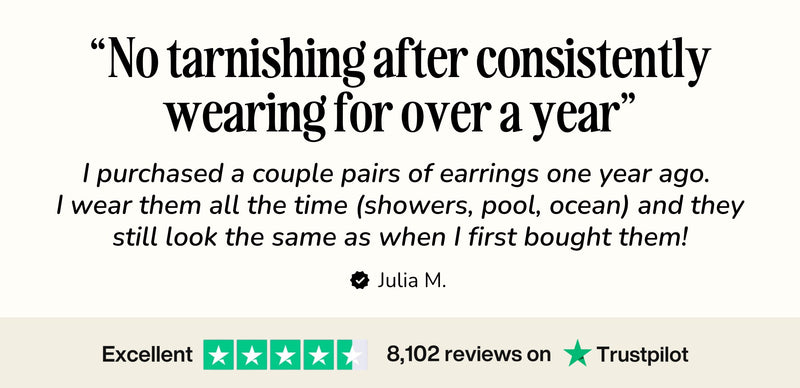




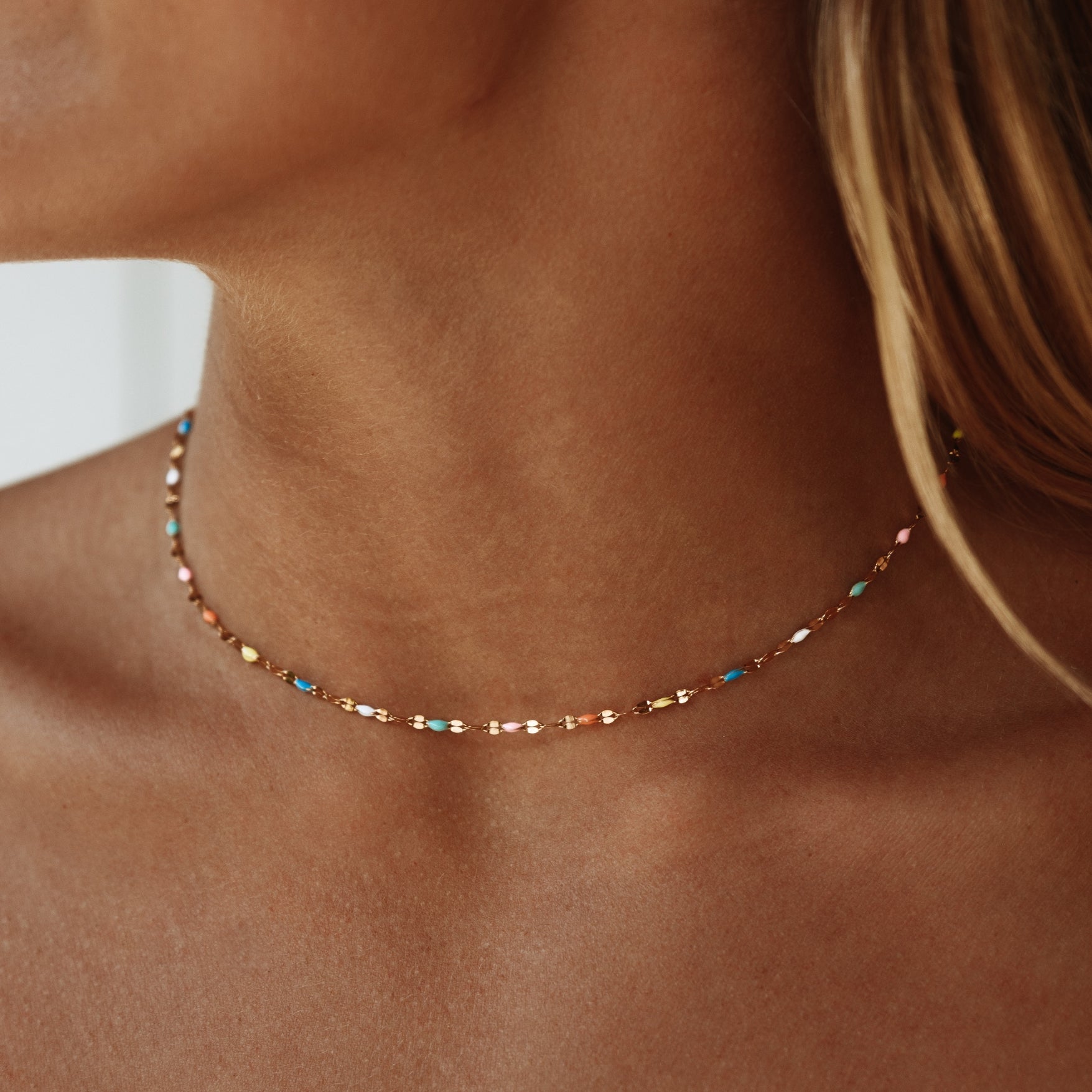
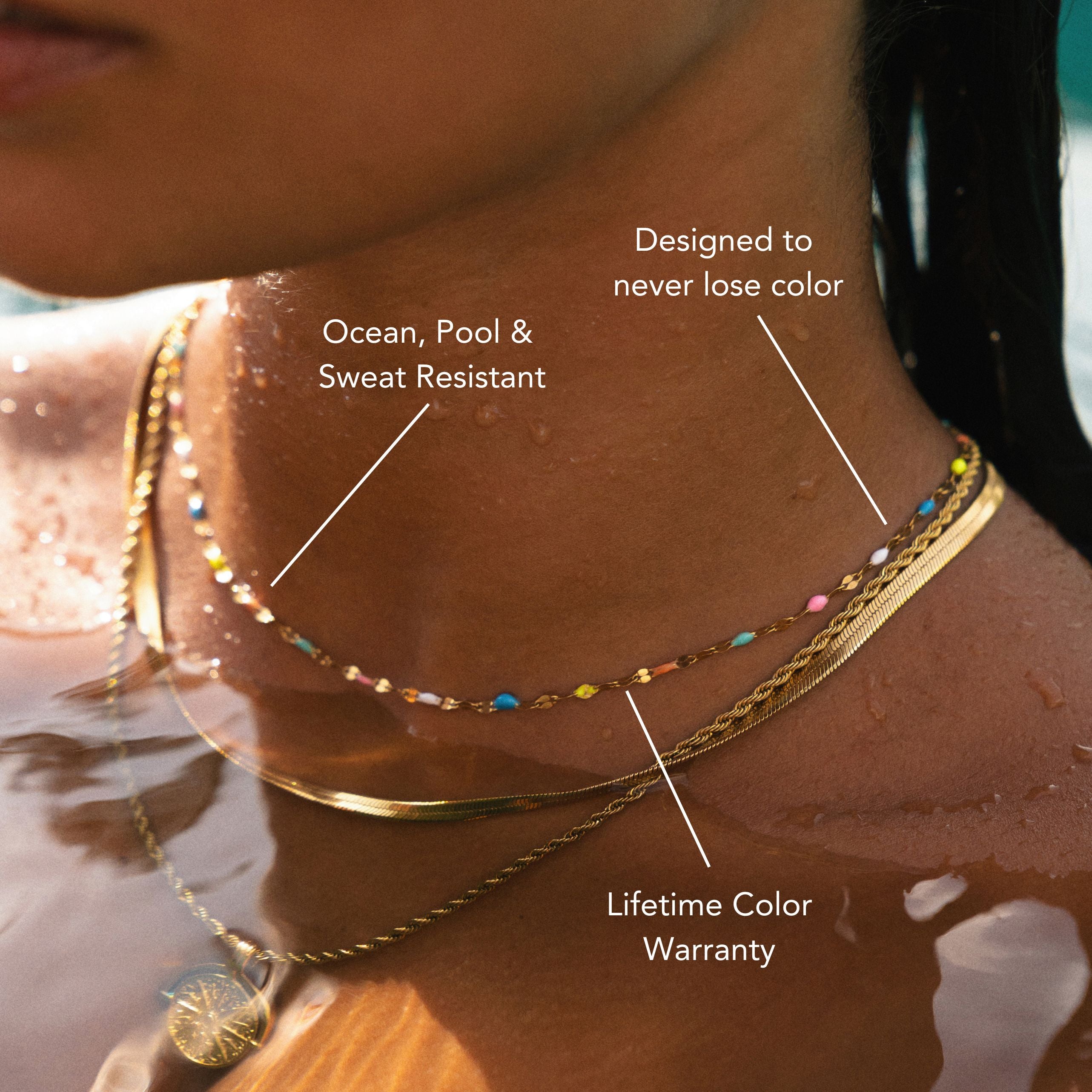
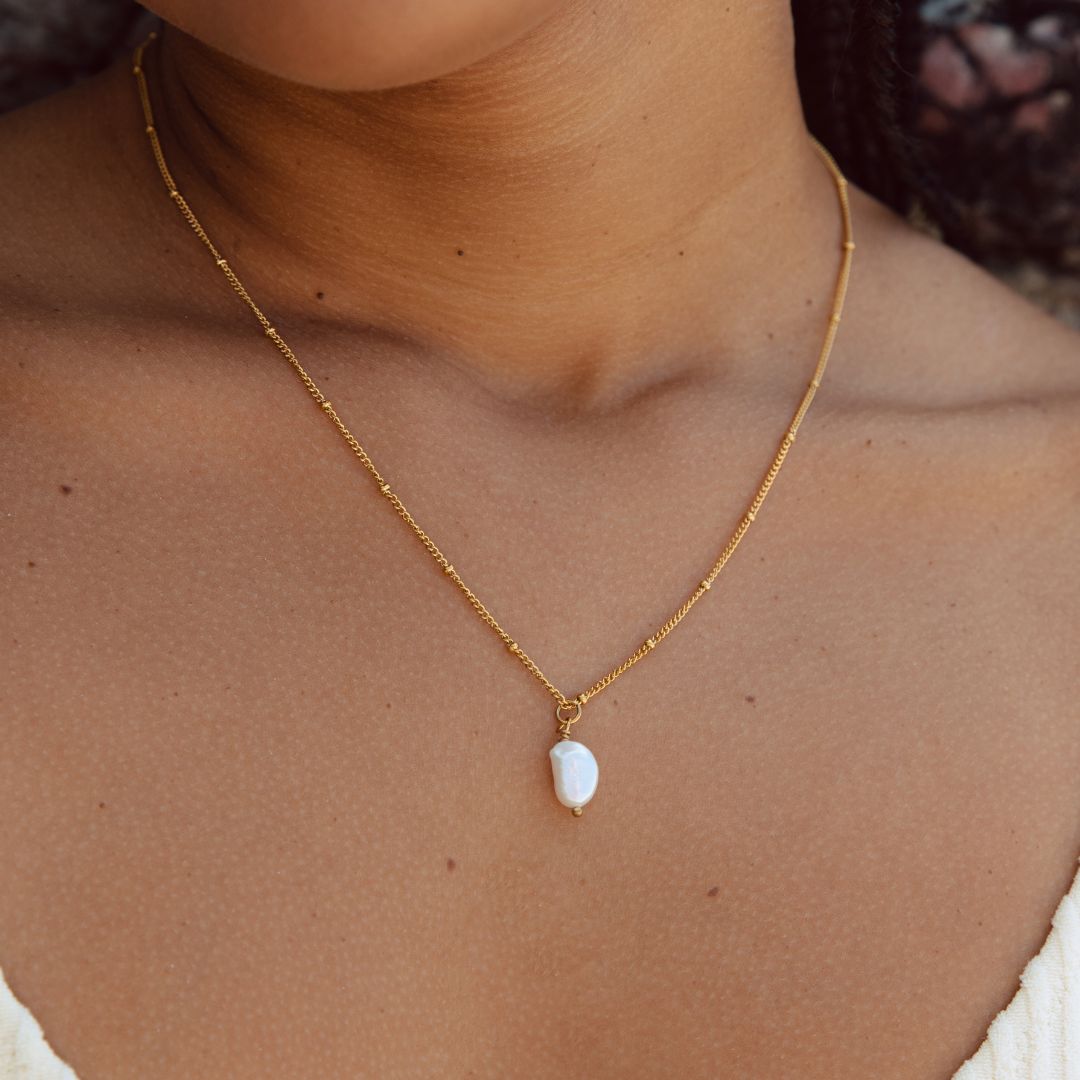

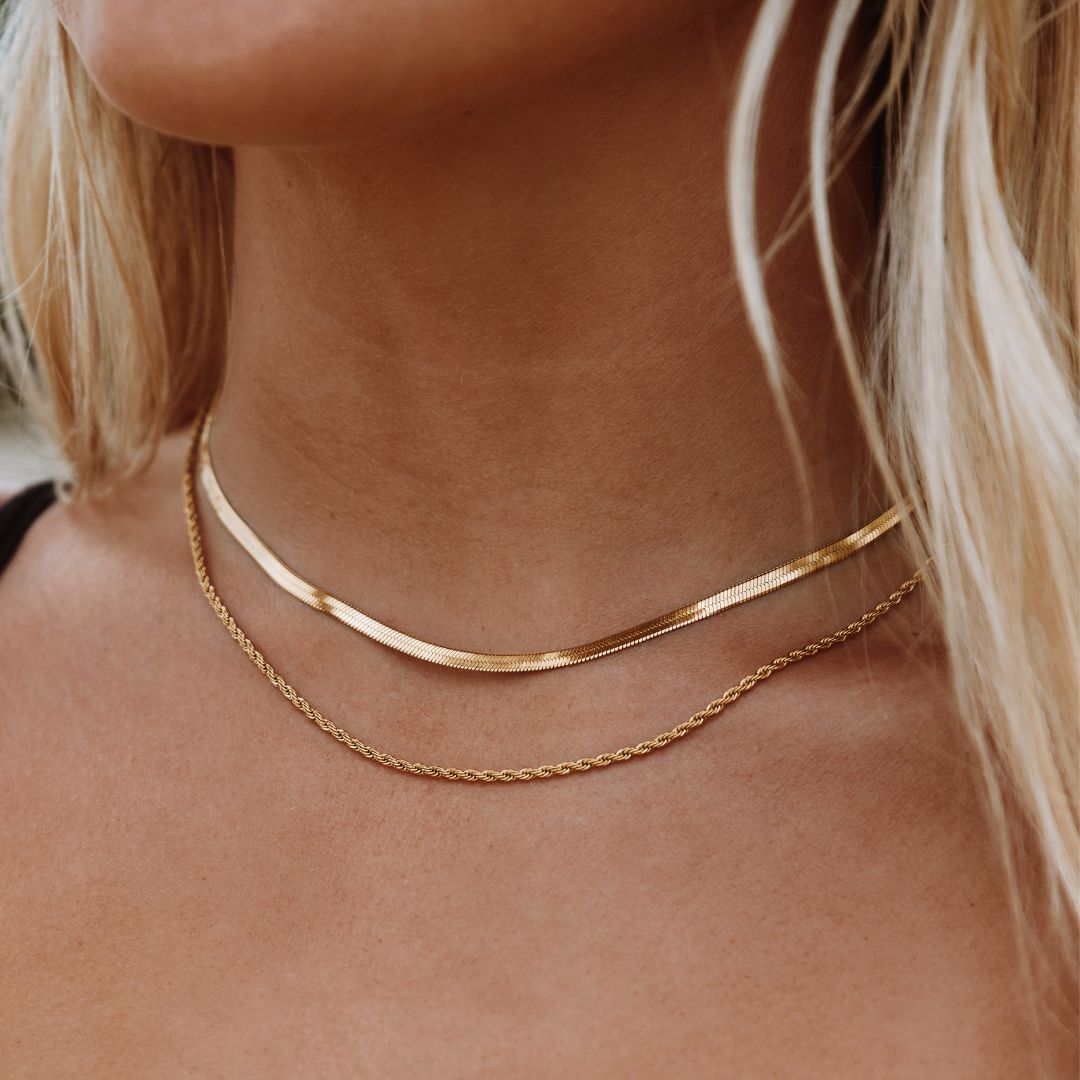
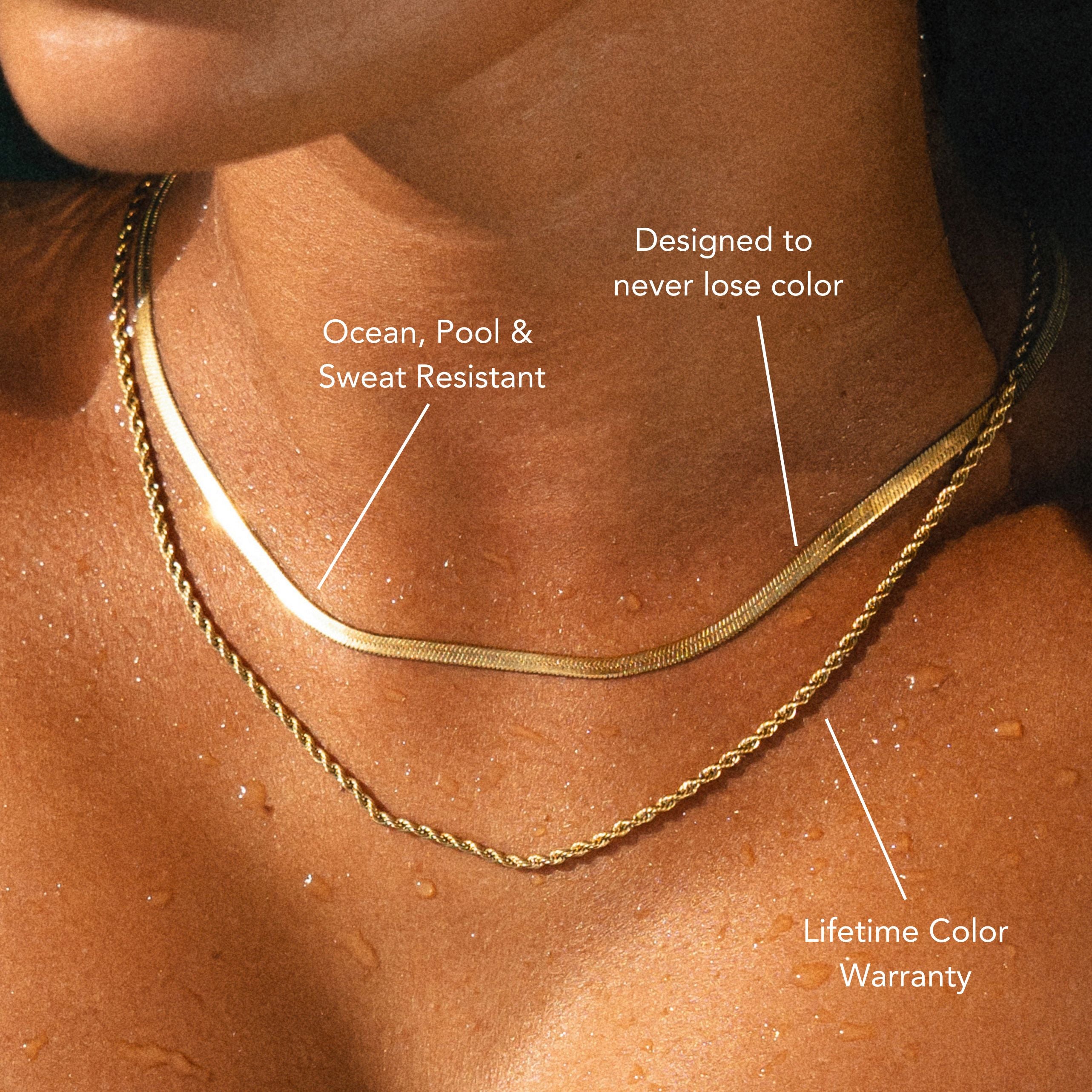
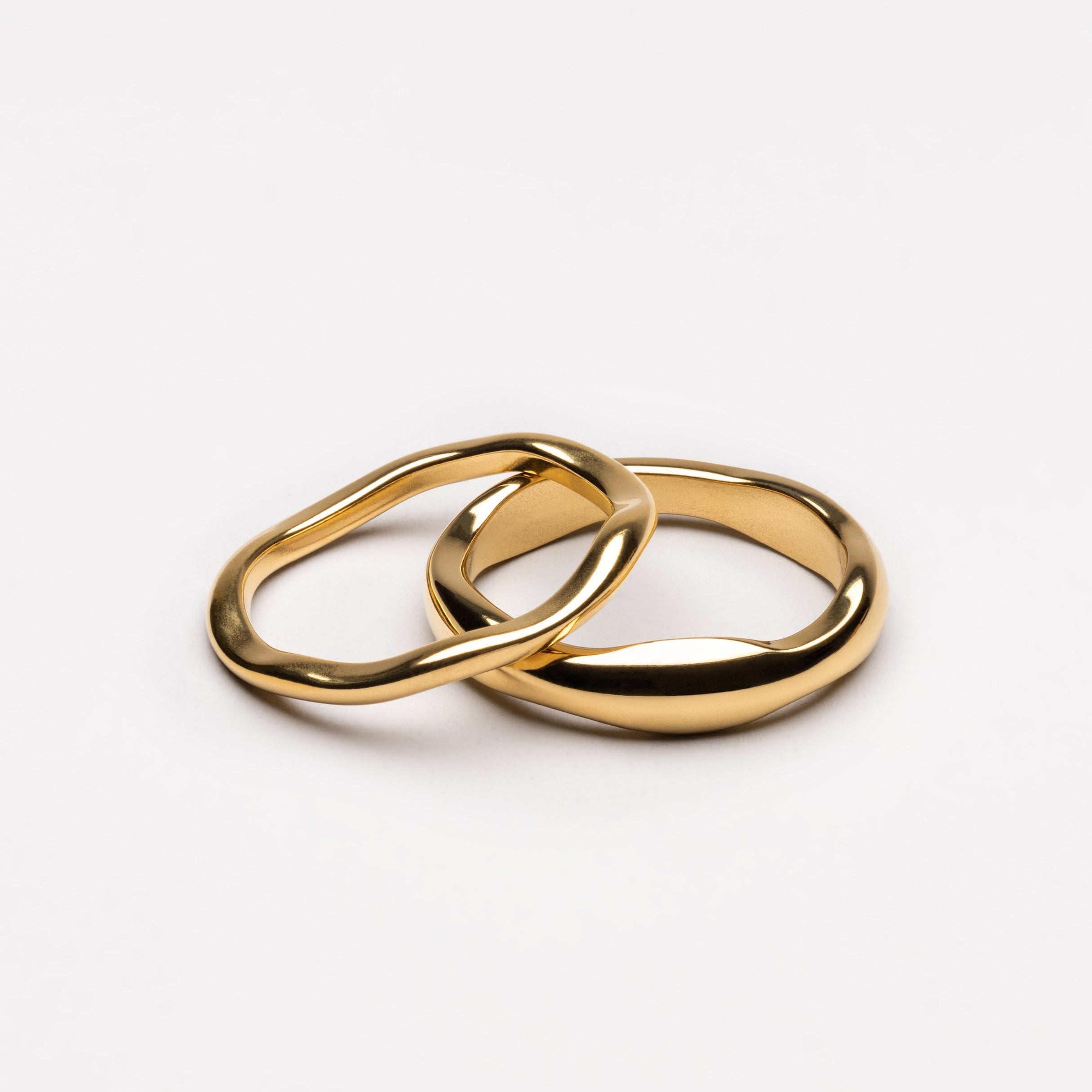

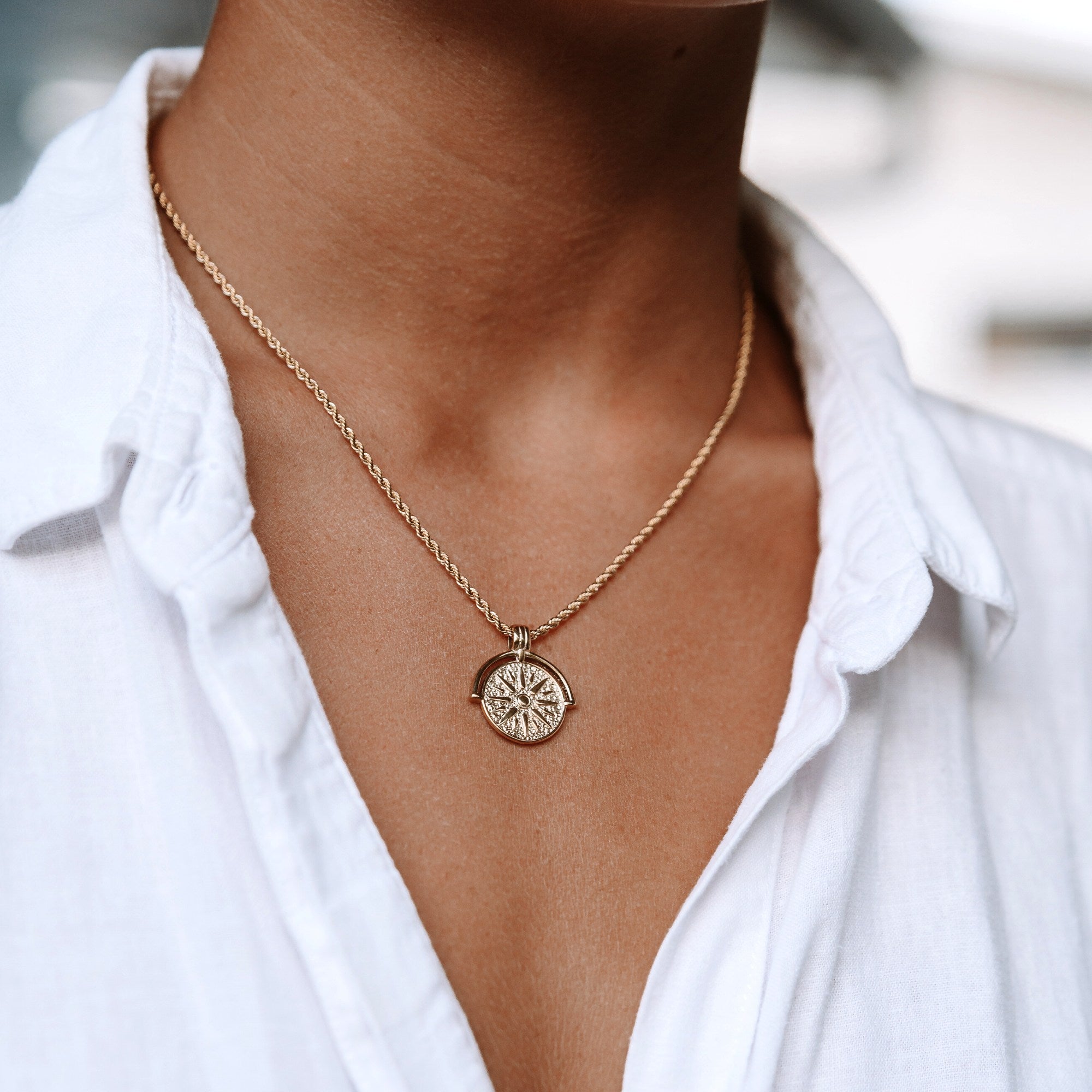
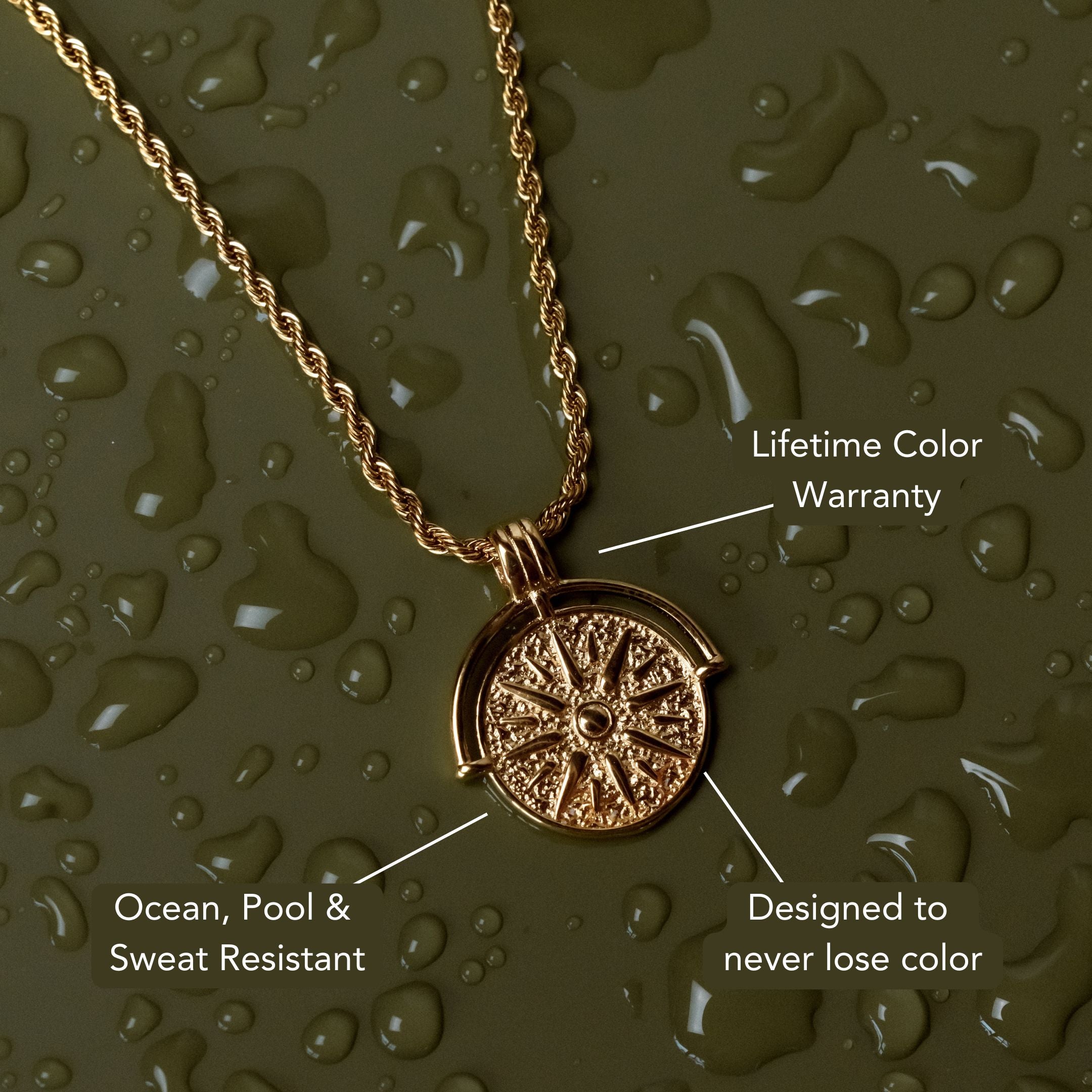






Leave a comment
This site is protected by hCaptcha and the hCaptcha Privacy Policy and Terms of Service apply.